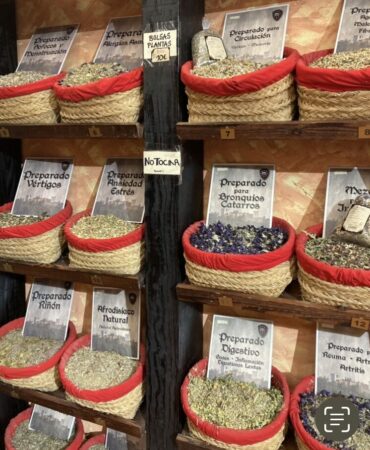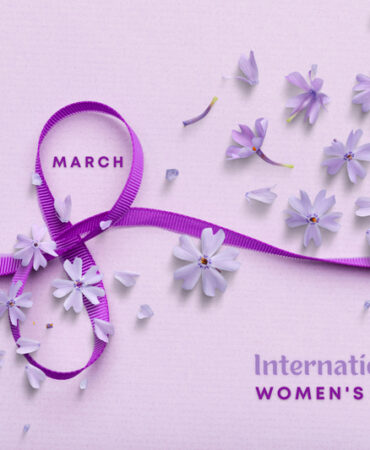Currently Empty: £0.00

Healing herbal vinegars – discovering an old way to use herbs at home
Words by Neil Allies
Medical herbalists prescribe herbs to patients to help improve their health but what’s the best way to ‘take’ herbs? Hippocrates, the ‘Father of Medicine’, is famously reported to have said ‘Let food be your medicine and medicine be your food’ (although there’s no evidence he actually did write this). Whoever did say it, was right – the simplest way to get herbs into your body is to eat them as you find them! However, this isn’t always possible (for example, if herbs are not available at that time of year) or desirable (for example, if you have a very unpleasant tasting or really woody herb). Therefore, herbalists have always had to find different ways to ‘give’ herbs. When you study herbal medicine, it is important to learn how to prescribe herbs in a way that is both best for the patient and best for the outcomes you want.
Sometimes this is done through drying them thoroughly, meaning that the lack of moisture in the plant material stops the plant from degrading and they can be stored for long periods of time and given as a tea. When the hot water hits the dried herbs, they expand quickly and their desiccated cellular membranes explode, releasing their constituents into the water. Sometimes the medicinal constituents are extracted by putting the herb (the marc) into liquid such as alcohol (the menstruum). If you go and see a medical herbalist and are given a prescription, it’s likely that you will be given a tincture. This means a herb-infused alcohol, that you will take a small amount of each day. You might also be given a tea blend to take, which you would infuse in hot water and enjoy at various points throughout the day.
There are lots of methods of ‘taking’ herbs (we could also have mentioned methods such as herbal wines or ciders, tablets, pastels, and syrups). Sometimes people don’t want to have alcohol or dislike the taste of the tea, but water and alcohol aren’t the only menstrua available. Apple Cider Vinegar (ACV) is another option that is often not as popular but is easy to use and has a whole range of health benefits of its own.
Historically, herb-infused vinegar was widely used in herbal medicine but fell out of favour mainly because of its shorter shelf life. When I first started studying herbal medicine, one of my tutors was enamoured with herbal vinegars and convinced me of their amazing potential! The herbalist James Green, in his book The Herbal Medicine-Makers Handbook (Crown Publishing: 2000), has a whole chapter extolling the virtues of using vinegar, including its positive impact on the digestive tract and high mineral content. He also mentions its historical precedence, such as the famous Four Thieves Vinegar. This herbal vinegar, traditionally made with aromatic plants such as Mint, Lavander, Rosemary, Sage, Camphor, Garlic, Clove or Wormwood, was supposedly used by thieves during a period of plague to cover their mouths, allowing them to steal from victims without catching the plague themselves. Different versions of it have since become used medicinally for its antimicrobial properties and to help treat colds and flu.
Different menstrua have different properties, and part of learning how to be a herbalist is learning which menstrua are best suited for different purposes. Vinegar is particularly good at extracting alkaloids, organic compounds that have a wide range of useful medicinal actions (pharmacognosy is the study of the chemistry of herbs, which helps herbalists understand which menstrua to use and when), and it also improves the expectorant action of herbs, meaning that it helps release and remove mucous.
Any herbs could be infused into a vinegar. The basic method is: cut up the herbs and place them in a container (e.g. a jar or bottle) of vinegar until covered; leave it to macerate for up to 4 weeks, shaking regularly; then, strain the vinegar into a sterilized bottle and cover and label. If you wanted to try it for yourself, more detailed instructions can be found here: https://blog.mountainroseherbs.com/how-to-make-herbal-vinegar.
What can you do with herbal vinegar? Here are three suggestions:
- Make a herbal vinegar for cooking. You could infuse mineral- and vitamin-rich herbs into a vinegar and use it in salad dressings, stews and soups. Nettle, Dandelion, Daisies, Red Clover and Horsetail are all easily foraged and have a high vitamin and mineral content.
- Make an oxymel. Sometimes vinegars can be difficult to take directly if they’re very acidic. Mixing honey and vinegar together makes an oxymel. The ratio of honey to vinegar can be down to individual tastes, but I like using a half : half ratio. Oxymels give you the benefit of both the honey and the herbal vinegar and are particularly good during cold and flu season. Honey mixed with a Sage and Daisy-infused vinegar would make a lovely oxymel to take when you have a cold. Sage (Salvia officinalis) has antimicrobial and anti-inflammatory properties, and Daisies (Bellis perennis) are expectorant, helping you get rid of mucous.
- Make a vinegar herbal bath. Vinegar on its own, undiluted, could damage the skin due to its high acetic vinegar content. However, if used diluted, it could help to restore the skin’s pH balance and be useful to treat itchy or dry skin problems such as eczema. The National Eczema Association (https://nationaleczema.org/blog/get-the-facts-acv/) suggests mixing two cups of ACV into bath water to help treat eczema. Why not make it a herbal vinegar bath? A Marigold and Chickweed-infused ACV would add an extra therapeutic layer to the medicine. Marigold (Calendula officinalis) has anti-inflammatory properties, whilst Chickweed (Stellaria media) is antipruritic, meaning that it helps to reduce itching.
Herbal medicine has a rich and long history of using herbs in different ways, and our ancestor herbalists had to be innovative and pragmatic in how they used herbs. There is so much to learn from the past and living ‘herbally’ means thinking about how to live holistically with herbs and incorporate them into all aspects of our lives. Sometimes a more direct route of a prescribed tincture or tea is the right way forward. But finding fun and interesting ways of connecting with and using herbs in our daily lives to help maintain health and balance is just as important, and herbal ACV is another fun way to ‘take’ herbs in our day-to-day lives.




